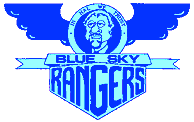BurgerTime®

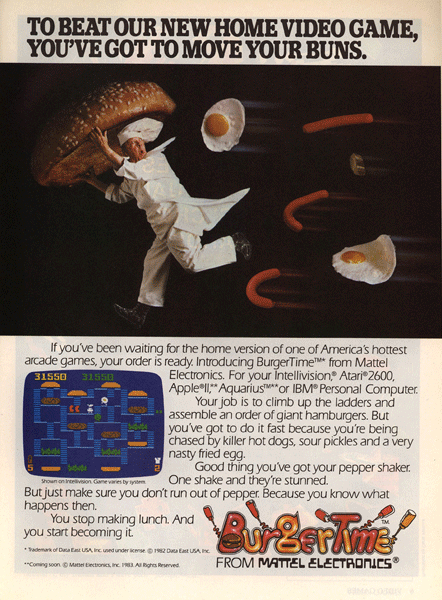
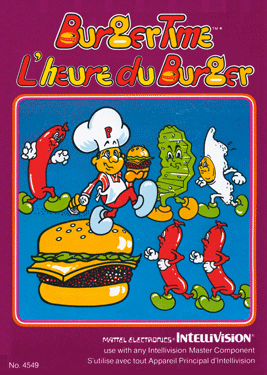
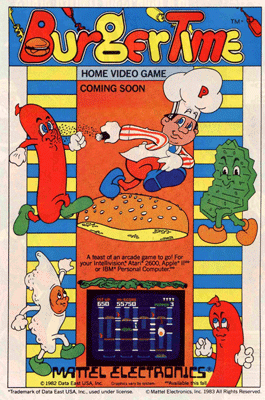
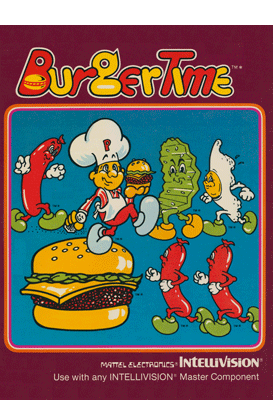
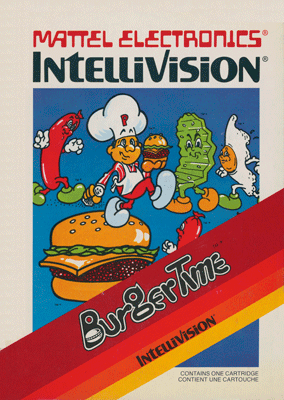
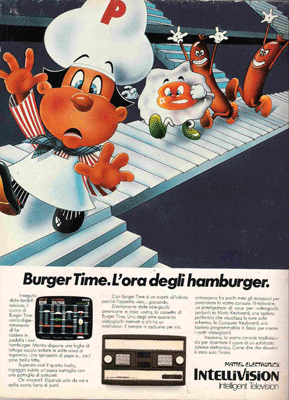
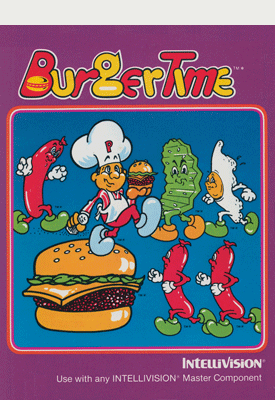
INTELLIVISION CARTRIDGE [Mattel Electronics #4549]
Based on the Data East arcade game
Program: Ray Kaestner
Graphics: Karen Nugent
Music/Sound Effects: Bill Goodrich
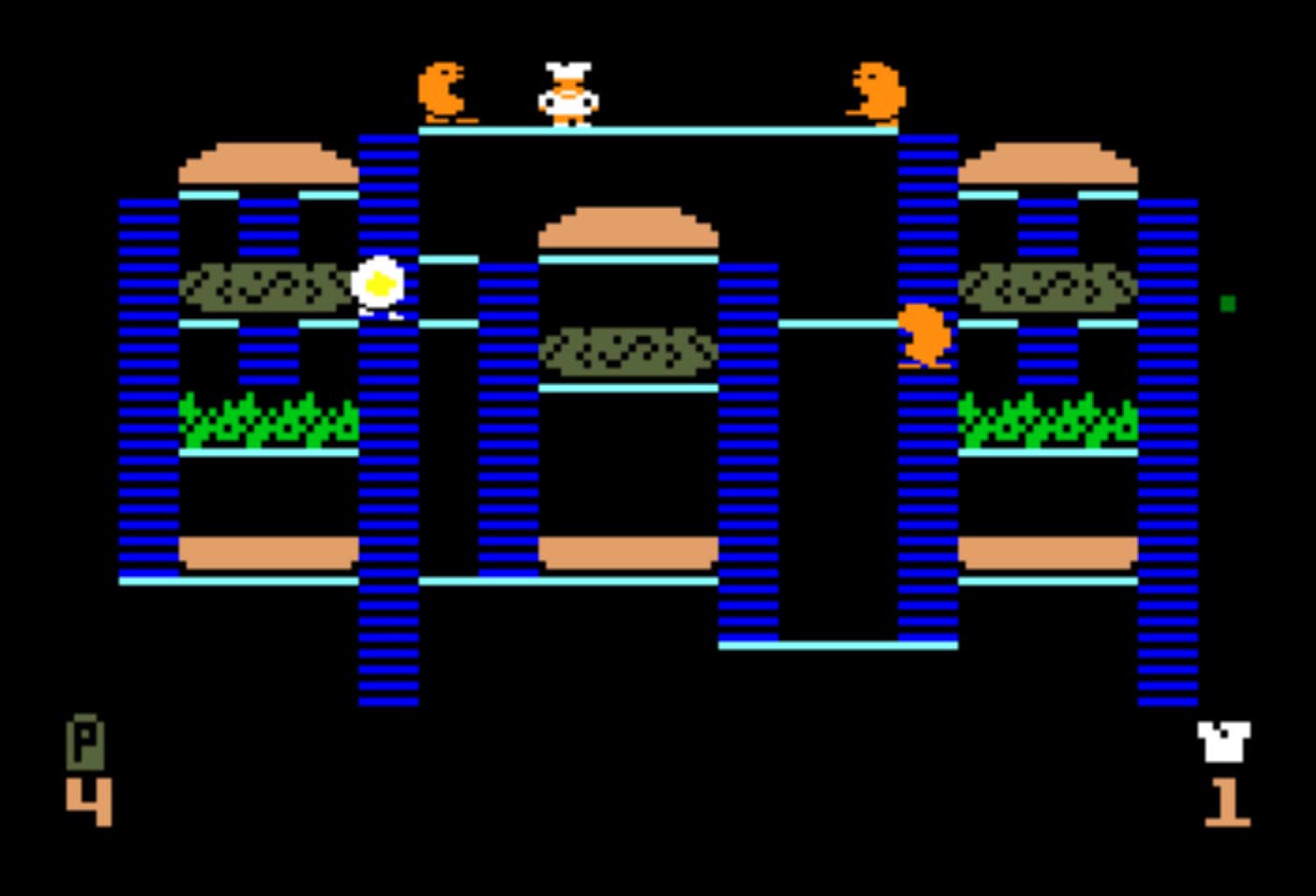
DEVELOPMENT HISTORY
Returning from vacation in August 1982 thinking he was going to start the Loco-Motion conversion, Ray Kaestner discovered he was going to do the BurgerTime conversion, instead. Scheduled to get married in December, Ray was determined to finish the job within three months so he wouldn't have to worry about deadlines and debugging during wedding preparations.
Three months was a tight schedule; Ray did it in two, a record for an Intellivision game in the Hawthorne office. The extra month gave him a chance to tinker with the timing of the game to get it just the way he wanted. (He didn't escape the game on his wedding day, though -- the groomsmen were playing it while waiting for the ceremony to begin.)
Data East did not have wide distribution for their arcade games, which had hurt when the Intellivision version of Lock 'N' Chase came out -- the name wasn't exactly a household word. But BurgerTime was so good that arcade giant Bally Midway licensed it and got the game into every arcade in America. Mattel had lucked out; it finally had the license to a hit game.
Marketing ordered BurgerTime ported to every system possible (to "all flavors"). M-Network Atari 2600, IBM PC and handheld versions were released. Apple and Aquarius versions were also developed. A Commodore translation was ordered but never started. A Colecovision version, done at the Mattel Electronics French programming division was eventually purchased and released by Coleco. (A later version for the original Nintendo system was unrelated to Mattel Electronics.)
BurgerTime was the first Intellivision cartridge not released as part of a game "network," although the box color, burgundy, matching that of Vectron, indicates that it was originally intended to be part of the Arcade Network. BurgerTime was initally released in the same style boxes of the game networks -- the covers opened like a book. Later copies of BurgerTime were sold in the cheaper, slightly shorter, end-opening boxes used for all subsequent cartridge releases.
The popularity of BurgerTime was such that a sequel, PizzaTime, was ordered by Marketing. (Mattel Electronics was closed before programming could begin.) A different sequel, Diner, was released by INTV Corporation.



OVERLAYS
